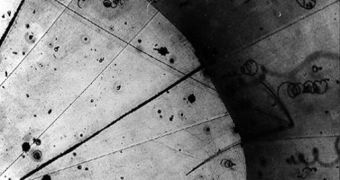A collaboration of US scientists, featuring experts from the US Department of Energy's (DOE) Fermi National Accelerator Laboratory (Fermilab), and the University of Minnesota School of Physics and Astronomy, will construct this year a new, experimental matter detector. Aimed directly at unraveling the mysteries of the Universe, such as how everything was formed, what matter and dark matter is, or how current astrophysics events take place, the experimental facility will get a prototype first.
With a construction site already selected in northern Minnesota, the construction at the 220-ton “integration prototype” is about to begin. The new instrument will test the capabilities of the new type of detectors, and is scheduled to be a rehearsal for the actual scientific instrument. The large detector will weigh in at a staggering 14,000 tons, and will be the nation's largest and most advanced neutrino facility, when it is completed. Work on it will not be wrapped for at least a few more years, physicists say, as the smaller prototype is currently getting all the attention.
Fermilab and UM are both part of the NOvA cooperative project, under which the new detectors are being built. With new funding secured via the US American Recovery and Reinvestment Act, the DOE gave the go-ahead for “full construction start” on October 29, 2009. Though an American project, NOvA features more than 180 experts and engineers from numerous countries, who are all working together for furthering our understanding of basic, elementary particle physics. The first instrument, known as the Near Detector, will be constructed at Fermilab, the DOE has recently announced.
“The 'detector prototype' has two purposes. First it serves as an 'integration prototype' forcing us to find all the problems on a real device, and second it will become the 'Near Detector' at Fermilab,” the Fermilab NOvA project manager, John Cooper, explains. The Far Detector is scheduled to become fully operational by 2013, the expert adds. In 2012, the integration prototype, which will until then rest on the surface at Fermilab, will be moved underground some 300 feet. It's only after this stage is complete that it will become the Near Detector.

 14 DAY TRIAL //
14 DAY TRIAL //